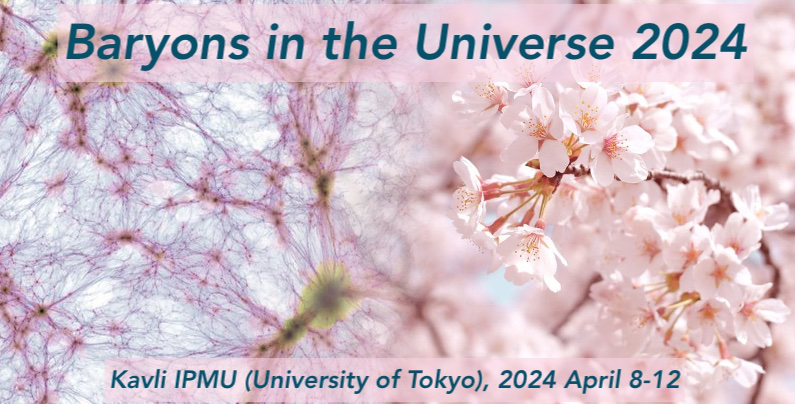Speaker
Description
Most diffuse baryons, including the circumgalactic medium (CGM) surrounding galaxies and the intergalactic medium (IGM) in the cosmic web, remain unmeasured and unconstrained. Fast Radio Bursts (FRBs) offer an unparalleled method to measure the electron dispersion measures (DMs) of ionized baryons. Their distribution can resolve the "missing" baryon problem and constrain the history of energetic feedback theorized to impart significant energy to the CGM and IGM. We analyze the Cosmology and Astrophysics in Machine Learning (CAMEL) Simulations, using three suites: IllustrisTNG, SIMBA, and Astrid, each varying 6 parameters (2 cosmological & 4 astrophysical feedback), for a total of 183 different simulation models. We find significantly different predictions between the fiducial models of the three suites, owing to their vastly different implementations of feedback. SIMBA exhibits the strongest feedback, leading to baryons becoming the most smoothed, reducing the sightline-to-sightline variance in FRB DMs between z=0-1. Astrid has the weakest feedback and the largest variance. We calculate FRB CGM measurements as a function of galaxy impact parameter, with SIMBA showing the weakest DMs due to aggressive AGN feedback, and Astrid the strongest. Within each suite, the largest differences are due to varying AGN feedback. IllustrisTNG shows the most sensitivity to supernova feedback, but this is due to the change in the AGN feedback strengths, demonstrating that black holes, not stars, are most capable of redistributing baryons in the IGM and CGM. We compare our statistics directly to recent observations, paving the way for the use of FRBs to constrain the physics of galaxy formation and evolution.

